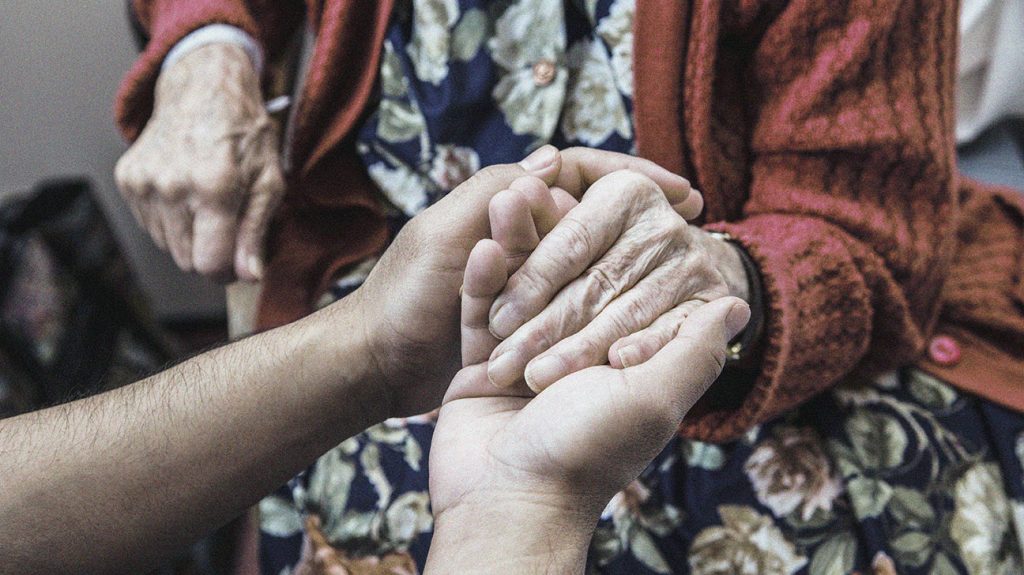PARKINSON’S is a neurological disease caused by a loss of nerve cells in the part of the brain called the substantia nigra pars compacta.
This structure is located in the midbrain, and controls movement and coordination.
Join our WhatsApp ChannelOver 10 million people Worldwide suffer from the disease. James Parkinson was the first person to describe the symptoms associated with the disease condition in his paper aptly entitled, Essay on the Shaking Palsy, published in 1812.
Symptoms of the disease include tremors of some body parts, stiffness, disorientation, insomnia, loss of smell, prone to falls, anxiety, depression, and as the disease progresses, memory loss sets in.
Currently, there is no cure for Parkinson’s but there are palliatives available for people with the condition.
When nerve cells are lost or damaged in the brain, there is a reduction in the level of a chemical called dopamine, which functions to regulate body movement. It is this reduction in dopamine levels that triggers many of the symptoms we see in people with the Parkinson’s condition.
A new discovery is poised to revolutionise the fight against Parkinson’s.
Scientists at the Australian National University working in collaboration with the Australian brain research centre of the Florey Institute of Neuroscience and Mental Health, reported creating a new devise capable of transferring stem cells into the brain to repair damaged tissues and replace lost neurones. The device is a hydrogel made from natural amino acids, which wrapped around a growth-enabling protein called glial cell line-derived neurotrophic factor (GDNF).
The protein promotes safe survival of neurones and by putting the stem cells into the gel, the stem cells undergo less stress upon injection into the brain. This results in a gentle and successful integration when released into the brain.
The technique works by first turning the solid hydrogel into liquid by simply shaking it. The liquid is then injected into the brain through a narrow capillary.
Once inside the brain, the hydrogel releases the stem cells to repair or replace lost dopamine neurones, and then returns to its original solid shape that further provides gentle support for the stem cells.
There are many dopamine-based drugs for treatment of Parkinson’s but they do have some unpleasant side effects as well as requiring daily intake of the drugs, sometimes as much as every two hours in a fourteen-hour period in far advanced cases!
Some of the side effects are shortness of breath, drowsiness, vomiting, hallucinations and headaches. But, with this new approach, which can even be applied in stroke cases and similar neurological conditions, many of the unpleasant symptoms of dopamine-based drugs are avoided and repeated medications with the drugs are also avoided as a one-off injection can keep dopamine levels in the brain for many years.
It must be mentioned that, over the years, many treatments have been proposed and some adopted for the treatment of Parkinson’s and other similar neurological conditions. But the problem with many of the approaches is low cell permeability which makes it difficult to pass the blood-brain barrier for efficient delivery in the required areas of the brain. Many dopamine-based drugs have extremely short-half life requiring repeated dosages at short intervals.
Therefore, using a hydrogel-based system for direct injection and in situ delivery of stem cells for central nervous system applications should be a boost in the battle against neurological diseases. However, it is not all hurrays as stem cell therapy can lead to many complications including the growth of tumours! And unregulated increased levels of dopamine in the brain can lead to schizophrenia. This, however, is addressed by the use of antipsychotic drugs.
Dr Uguru lives and works in the United Kingdom
















![Trump, Zelenskyy Discuss Peace Plans During Pope Francis’ Funeral In Rome [VIDEO]](https://www.primebusiness.africa/wp-content/uploads/2025/04/Trump-and-Zelenksy-meet-at-Pope-Francis-Burial-150x150.jpeg)


Follow Us